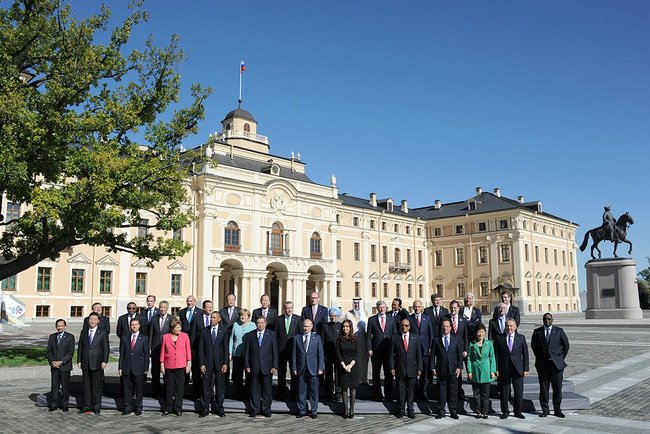
To say that the economy moves in cycles doesn’t seem like a great discovery at this point. But here I am referring to the cycles that occur in economic policies. They are not new. In the 70s it seemed that inflation was inevitable and necessary to reduce unemployment, but then we had the worst of both worlds, inflation and unemployment, and we became anti-inflationary. And today we hear voices that say that a little inflation is not bad, but it is necessary to revive the economy. There is nothing new under the sun.
Why do these policy oscillations occur? Probably because the effects of the policies are cumulative and operate slowly. Returning to the example of inflation. If this was high, the central bank implemented monetary policy that depressed demand and plunged the country into a recession. We left this episode with moderate inflation, but after a while someone realized that adding a few tenths to price growth did not pose a serious problem, and that a little monetary joy could be good for everyone. But soon the monetary stimulus lost strength: wages caught up with prices and a little more inflation was needed… and so the experiment was repeated until “enough” had to be said, and the cycle went on to repeat itself.
In this story, an important element is the play between policy costs and benefits. The benefits of short-term monetary expansion are great, but they have diminishing returns. And the costs are small at first, but grow in the long term, with side effects that eventually make policies impossible to continue.
Another important component of this cyclical nature of economic policymaking is the creation of rigidities and inertia that hinder correction and make it more painful. Returning to the example of inflation. When this is high, wage indexation is introduced, which protects workers but reduces flexibility in the labor market. Change in the cyclic phases of policies is always a costly social, political and economically process – becoming more expensive the longer the previous phase and the more rigidities are introduced.
Are there optimal policies?
Are there optimal policies? Those, for example, that are not too inflationary nor too contractive? Yes, but they are probably unstable, for at least two reasons (besides the one previously mentioned involving the costs and benefits of the policy change). One reason is the role of experts: the policies a country pursues at a given time are not independent of the ideas that economists have developed in previous years. And the formation of ideas and economic theories do not only respond to rational criteria.

Another reason that economic policies are likely to be cyclical is the formation of preferences and expectations of citizens. For example, over the last few decades of economic prosperity, a comprehensive welfare state has developed in Europe whose sustainability is debated by some experts while other people see it as a basic right. In principle, both positions are reconcilable: citizens should be able to choose a set of benefits financed by public funds, allocating the necessary resources and accepting the restrictions that this imposes – for example, in the form of lower real growth, lower private consumption and higher taxes.
But the problem of sustainability persists for at least two reasons. For one, it is likely that “learning” is going on among citizens that is altering the rules of the game. Unemployment insurance can be, for example, a minimum income that is provided to the unemployed to maintain an adequate standard of living and retain the incentive to quickly return to the labor market. But it is likely that, over time, this becomes a guaranteed relatively high-level income that encourages living off of unemployment insurance and creates pressure for higher salaries.
And so we come to the second reason I wanted to point out here. Many years ago, I read a report signed by a former minister of a Dutch Socialist government, in which he explained how he saw the social democratic policy dilemma: on one hand, the proposal to maintain a generous welfare state and ambitious redistributive policy; on the other hand, the need to maintain macroeconomic stability policies needed so that the economy could reach sustainable and sufficiently high growth. That is, striking a balance between fattening the cow and getting out all the milk you can. The choice between growth and redistribution is still topical today. And, of course, it will eventually lead us from one end of the pole to the other. Definitely, economic policies will continue to move in cycles.



Everything is very open with a precise clarification of the issues. It was really informative. Your site is useful. Thank you for sharing!
it’s good post, Thank you